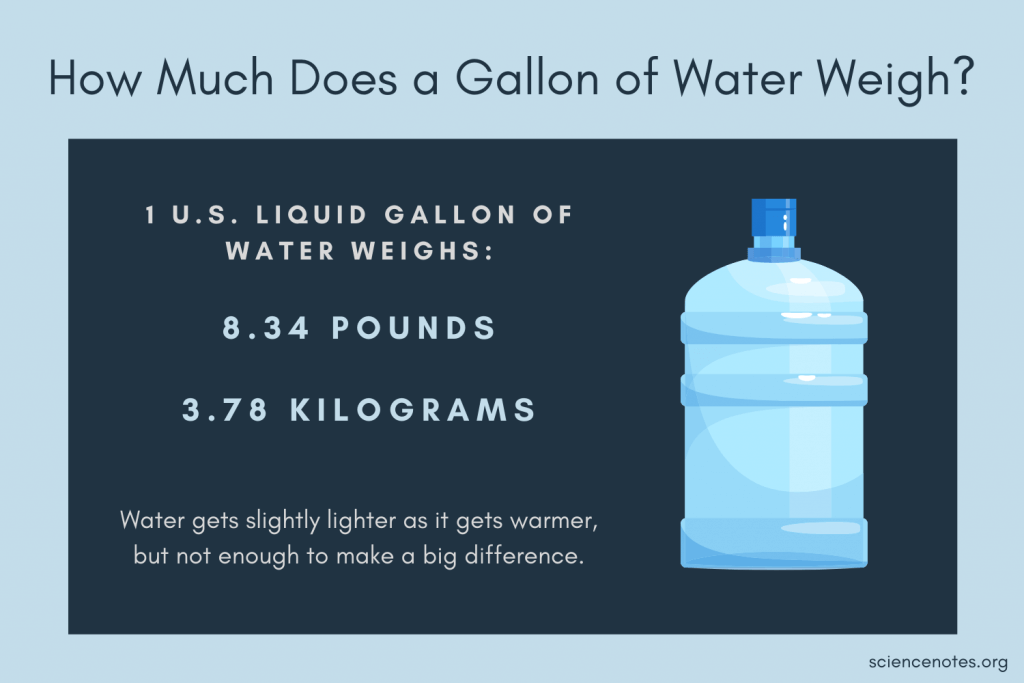Converting units of measurement is a common task that we all encounter at some point in our lives. One such conversion involves gallons and liters, which are units of volume used to measure liquids. This article will provide a detailed explanation of the relationship between gallons and liters, conversion factors, and practical applications of these measurements in daily life.
The Basics: Gallons and Liters Defined

A gallon and a liter are both units of volume used to measure liquids. A gallon is a unit of measurement primarily used in the United States, while a liter is a metric unit used in most other countries.
The Difference Between US and Imperial Gallons
It is essential to note that there are two different types of gallons: US gallons and Imperial (UK) gallons. The US gallon is smaller than the Imperial gallon.
- 1 US gallon is equal to approximately 3.785 liters.
- 1 Imperial gallon is equal to approximately 4.546 liters.
Always ensure that you are using the correct type of gallon when converting between gallons and liters to avoid any discrepancies.
Converting Gallons to Liters and Vice Versa
To convert gallons to liters or liters to gallons, you can use the following conversion factors:
- For US gallons: 1 US gallon = 3.785 liters 1 liter = 1/3.785 US gallons ≈ 0.2642 US gallons
- For Imperial gallons: 1 Imperial gallon = 4.546 liters 1 liter = 1/4.546 Imperial gallons ≈ 0.2199 Imperial gallons
Using these conversion factors, you can easily convert between gallons and liters by multiplying the given value by the appropriate factor.
Practical Applications of Gallons and Liters
Both gallons and liters are commonly used to measure the volume of liquids, such as fuel, water, and various beverages. For example, fuel efficiency is often measured in miles per gallon (mpg) in the US and liters per 100 kilometers (L/100 km) in other countries. Similarly, beverage containers often display their volume in gallons or liters, depending on the country of origin.
Common Conversion Scenarios
Here are a few examples of conversions between gallons and liters:
- Converting 10 US gallons to liters: 10 US gallons × 3.785 liters/US gallon ≈ 37.85 liters
- Converting 20 liters to US gallons: 20 liters × 0.2642 US gallons/liter ≈ 5.284 US gallons
- Converting 5 Imperial gallons to liters: 5 Imperial gallons × 4.546 liters/Imperial gallon ≈ 22.73 liters
- Converting 50 liters to Imperial gallons: 50 liters × 0.2199 Imperial gallons/liter ≈ 10.995 Imperial gallons
Tips for Remembering Conversion Factors
To help remember the conversion factors between gallons and liters, you can use the following approximate values:
- 1 US gallon ≈ 3.8 liters
- 1 Imperial gallon ≈ 4.5 liters
Though these values are not exact, they can be helpful for quick mental calculations or estimations in everyday situations.
Final Thoughts
Understanding the relationship between gallons and liters and knowing the conversion factors are essential for accurate measurements, especially when dealing with liquids in various contexts. Being aware of the difference between US and Imperial gallons is crucial for ensuring precise conversions and avoiding potential errors.
In summary, understanding gallons and liters, their relationship, and the correct conversion factors are critical for accurate and reliable measurements. By mastering these conversions, you’ll be better equipped to handle various situations that require converting between gallons and liters, ultimately enhancing your ability to work with different units of volume.
